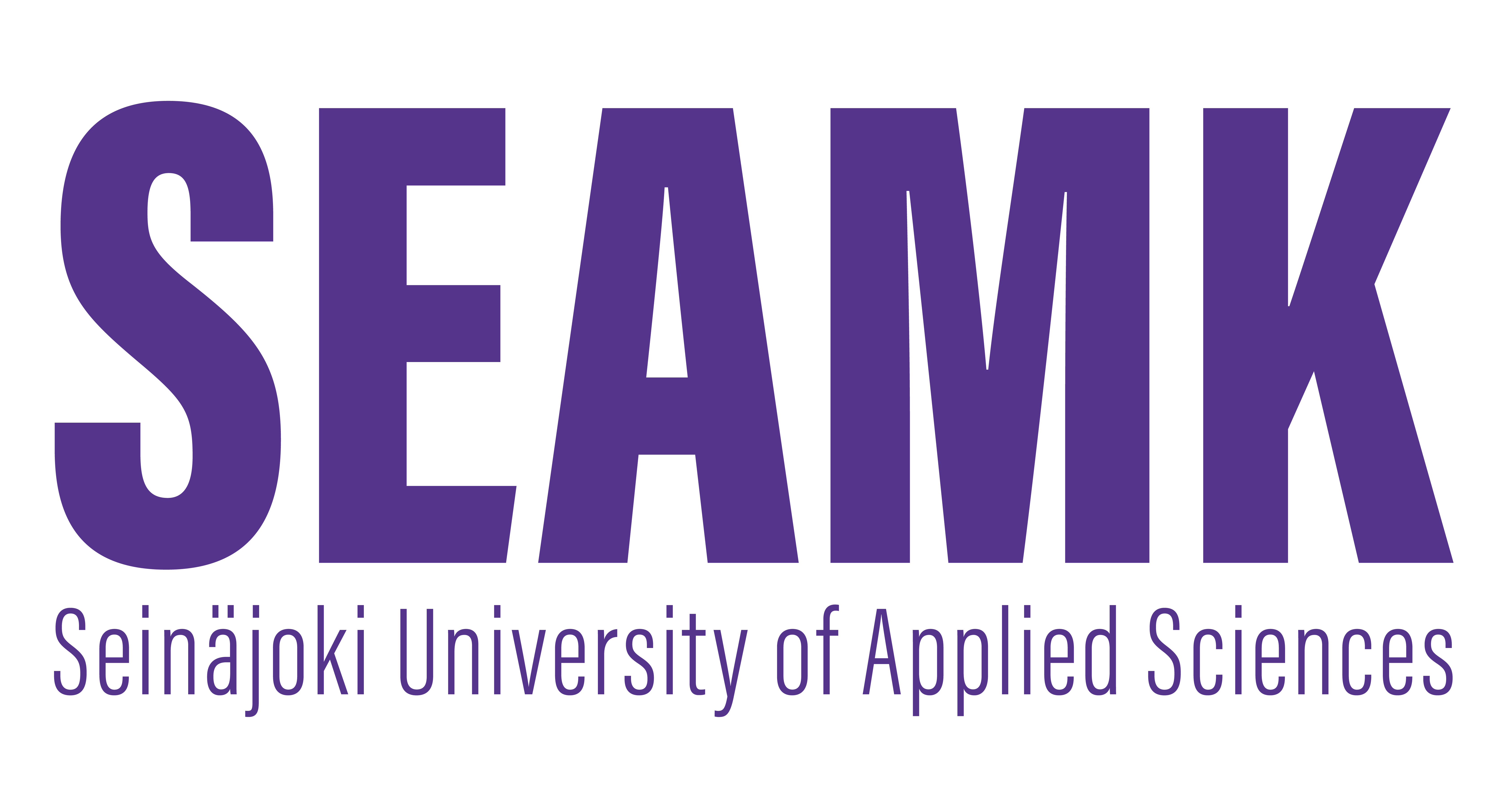Fluid mechanics and heat transfer (5cr)
Code: KA03BPRTE10-3002
General information
- Enrollment
- 04.05.2017 - 03.12.2017
- Registration for the implementation has ended.
- Timing
- 23.10.2017 - 23.02.2018
- Implementation has ended.
- Number of ECTS credits allocated
- 5 cr
- Local portion
- 5 cr
- Mode of delivery
- Contact learning
- Degree programmes
- Bachelor of Engineering, Food Processing and Biotechnology
- Teachers
- Jarmo Alarinta
- Course
- KA03BPRTE10
Content scheduling
Opintojakso jakautuu kahteen kokonaisuuteen: virtaustekniikka ja lämmönsiirtotekniikka
Objective
Upon competition of the course, students will
- understand the more important issues involved in rheology and heat transfer technology. They will also be familiar with design criterias and common devices associated with these areas, such as valves, pumps and heat exchangers
- be able to evaluate the importance of the material properties with design of food process systems
- be able to calculate simple process equipment dimensions and equipment choices.
Content
Mass and energy balances
Fluid dynamics engineering
- Pressure loss in pipes
- Types of valves
- Types of pumps
- Dimensions of valves and pumps
Heat transfer engineering
- Theory of heat transfer
- Heat exchangers and their dimensions
- Heat transfer unit operations in food sector
- Refrigeration technology
Materials
Opettajan materiaali
Datta, A.K. (2010). Transport Phenomena in Food Process Engineering. Himalaya Publishing House. 283 s. Available:
http://site.ebrary.com/lib/seamkebrary/detail.action?docID=10415537&p00=food+heat+transfer
Teaching methods
Contact teaching, assignments and planning task
Exam schedules
To be announced later
Completion alternatives
Presence compulsory but replacing task available
Student workload
Total work load of the course: 130 h
- of which scheduled studies: 50 h
- of which autonomous studies: 80 h
Assessment criteria, satisfactory (1)
The student knows and understands to a basic concepts and methods of topics, and is able to apply them to usual problems.
Assessment criteria, good (3)
The student is familiar with the concepts and methods of topics, and is able to apply them to different types of problems. The student is able to combine the accumulated knowledge and skills with previous experiences in the subject.
Assessment criteria, excellent (5)
The student is familiar with the concepts and methods of topics, and is able to apply them to a variety of different problems. The student has demonstrated creativity and innovation, and is able to find new meanings when applying what they have learned.
Qualifications
Physics 1
